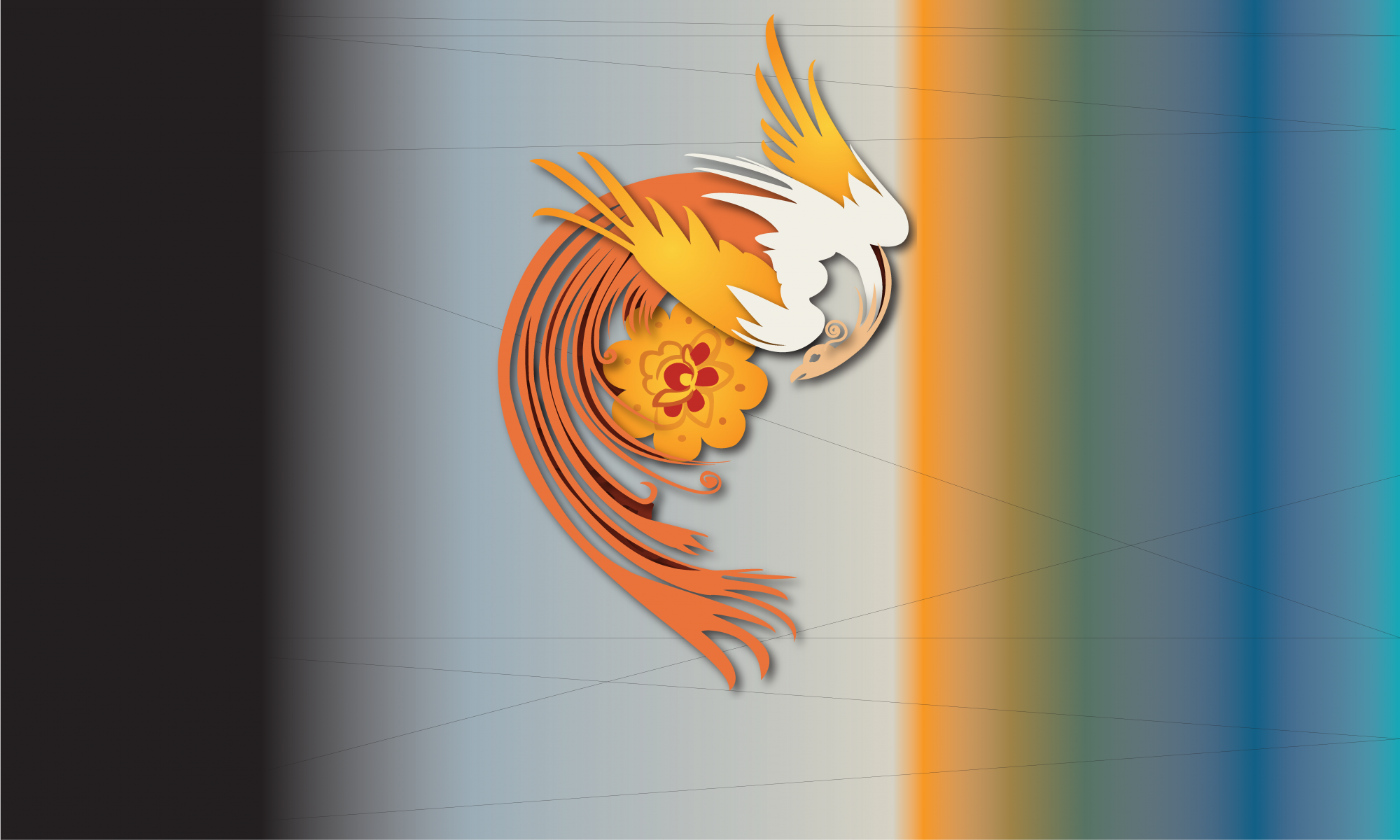Deadline: June 7, 2023
- How can the use of literary texts in Slavic language teaching foster the exchange with other cultures and the understanding of one’s own culture?
- How can lessons be designed so that learners are motivated to engage with Slavic literary texts?
- What kinds of literary texts are most suitable for the Slavic language classroom?
- How can new media be used in teaching Slavic languages to improve the understanding of literary texts?
These and other questions form the context for literary work when teaching a (foreign) language. Literary texts offer great potential for language teaching and contribute to the development of numerous competences, such as communicative, literary, personal, cultural, or reading
competences (cf. Bredella & Hallet, 2007). However, such lists of competences and a focus on output-orientation (cf. e.g. BMBWF, 2022; KMK, 2019) bear the risk of marginalising foreign language literature in the classroom, as the competences to be developed and the expected outcomes cannot always be measured with standardised test procedures, which is due to their complexity (cf. Hallet, 2017, 235). The situation is further complicated by the fact that, in the context of ‘literary education 2.0’, cinematic, multimodal and digital forms of learning languages and
immersing oneself in other cultures are gaining in importance alongside traditional literary genres (cf. Surkamp, 2020; Höfler, 2020). Furthermore, literary work is located in action- and product-oriented teaching (cf. Surkamp, 2010), and is confronted with challenges such as cultural-historical and contextualised reading (cf. Hallet et al., 2020, 267). At the same time, it seeks to address current social issues (e.g. Sippl & Rauscher, 2022). While the use of literature in (foreign) language teaching should also promote the development of a range of skills, its primary aim is
the comprehension of literary texts. One challenge in teaching Slavic foreign languages – usually taught as a third or fourth foreign language – is the level of the learners, which is often an obstacle to working with literary texts. It is, therefore, necessary to evaluate and adapt existing
concepts of literature work and to develop new ones suitable for the Slavic context.
The aim of the fifth issue of the open-access journal DiSlaw is to present current problem areas, research results, and concrete ideas to include reading and literature in the Slavic language classroom and to initiate a joint discourse. In addition to scientific-theoretical papers and theory-
guided studies from teaching practice, we look forward to receiving best practice examples concerning the teaching of reading and literature as well as short and concise contributions focusing on the content-related or linguistic aspects of the topic (“In Focus”). The following topics are suggestions for submissions, but we welcome other related topics as well:
- the potential and limits of teaching literature in Slavic languages
- literary education 2.0 – the use of new media (online texts, YouTube clips, social media, comics, graphic novels, memes, etc.) in the Slavic language classroom
- models and concepts of teaching literature in the Slavic language classroom
- the role of literature in teaching Slavic languages then and now
- assessing and testing literary competences
- new scales for literary work in the Companion Volume to theCommon European Framework of Reference for Languages (Council of Europe, 2018)
- hybrid methods of teaching reading
- subject-specific inspirations and innovations for teaching literature
- teaching literature in the face of the Russian invasion of Ukraine
- specific teaching examples or scenarios for reading and literary work
Please send an abstract of max. 250 words by 7th June 2023 in one of the languages listed below with your proposal to the following address: redaktion-DiSlaw-Slawistik@uibk.ac.at. Please indicate in which of the languages listed below you will write the contribution and include
a working title, the intended type of contribution, and a short biographical statement about yourself (institutional affiliation, function/area of work, research interests). Before submitting an abstract, we recommend that you consult the corresponding evaluation grid as well as further
information on the publication process: https://dislaw.at/index.php/ds/submission. Please submit your paper and a second abstract in English by 13th September 2023, as the publication of the fifth issue of DiSlaw is planned for December 2023. The expected scope of the contributions as well as the formal guidelines (templates, stylesheet, etc.) for the design can be found on the following website: https://dislaw.at/index.php/ds/submission.
Possible languages: Bosnian, German, English, Croatian, Russian, Serbian, Slovenian, Ukrainian
